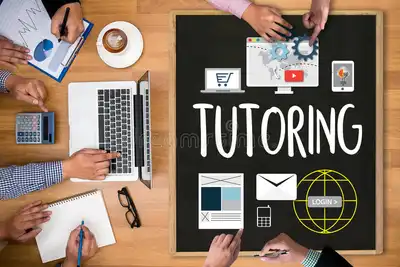How Many Teachers Are in South Africa?

If South Africa is to achieve universal primary education by 2030, it will require an additional 6, 3 million teachers. South Africa’s public education system has 410,000 teachers, according to the Department of Basic Education. These teachers work in approximately 25,000 schools across the country and are in charge of 12.9 million students. Unfortunately we have less teachers graduating to accommodate the increasing number of students.
The topic of how many teachers South Africa has produced is sorely needed. This question aims to highlight the gaps in our educational system.
The Real State of the Education System in South Africa
A school’s quality cannot exceed that of its teachers. So the task is clear: we must raise the caliber of our teachers. This can be accomplished in two ways: through in-service teacher training and by improving university courses, also known as initial teacher education. Every year, however, between 19, 000 and 23,000 teachers leave the profession. This figure is higher than the number of new teachers entering the profession.
Teachers Produced Every Year
15,000 new teachers are graduated each year from the country’s initial teacher education institutions. This is less than the 25,000 needed to maintain an effective teacher-to-student ratio.
The problem
According to the Teaching and Learning International Survey, published in July 2019, the average age of a South African teacher is 43 years. The survey also discovered that 32% of teachers were over the age of 50. This means that nearly half of the current teaching workforce will need to be replaced within the next decade. Teaching staff are viewed as the primary contributors of a high-quality education system. South Africa will be unable to meet the country’s social and economic needs unless it can successfully recruit, retain, and train a sufficient number of suitably qualified teachers.
Causes
There are several factors contributing to the country’s growing teacher shortage. These are some examples:
Poor working conditions: such as a lack of teaching facilities, overcrowded classrooms, insufficient incentives, low parental participation, and policy overload.
- When Will Alcohol Ban Be Lifted in South Africa?
- When will South Africans Stop Wearing Masks?
- Where Has it Snowed in South Africa?
- Where In South Africa Can I Purchase Edible Clay?
- Where To Buy Leather In South Africa
- How Many Bricks are in a Pallet in South Africa?
- How Many People Have Been Vaccinated in South Africa?
Increased Student Enrollment: Student population is expected to grow from 12.4 million in 2013 to 13.4 million in 2023. On paper, and based on current demographic data, learner enrolment in South Africa is expected to decline beginning in 2023. However, such projections exclude undocumented migrants and refugees, who contribute to an unexpected increase in school enrollment.
Certain subjects and geographical areas have an oversupply of teachers: There are many teachers for one course, making it difficult to find others to fill certain positions.
What can be done?
The education system must create favorable working conditions in order to retain teachers, particularly those with the most experience and scarce skills. Distance education should be expanded so that student teachers can learn while working and supporting their families. There are signs that the Funza Lushaka Bursary Program me is having an impact on the public school system. South African education is governed by two national departments. South Africa has one of the highest literacy rates in Sub-Saharan Africa. According to The World Fact book – Central Intelligence Agency, 95% of the population aged 15 and up can read and write as of 2019.
Conclusion
South Africa has a severe teacher shortage in subjects such as science, technology, engineering, and mathematics. South Africa employs a large number of migrant teachers, who help to alleviate teacher shortages. A longer-term perspective will be to consider investing resources in initial teacher education by funding student teachers.
Share This





